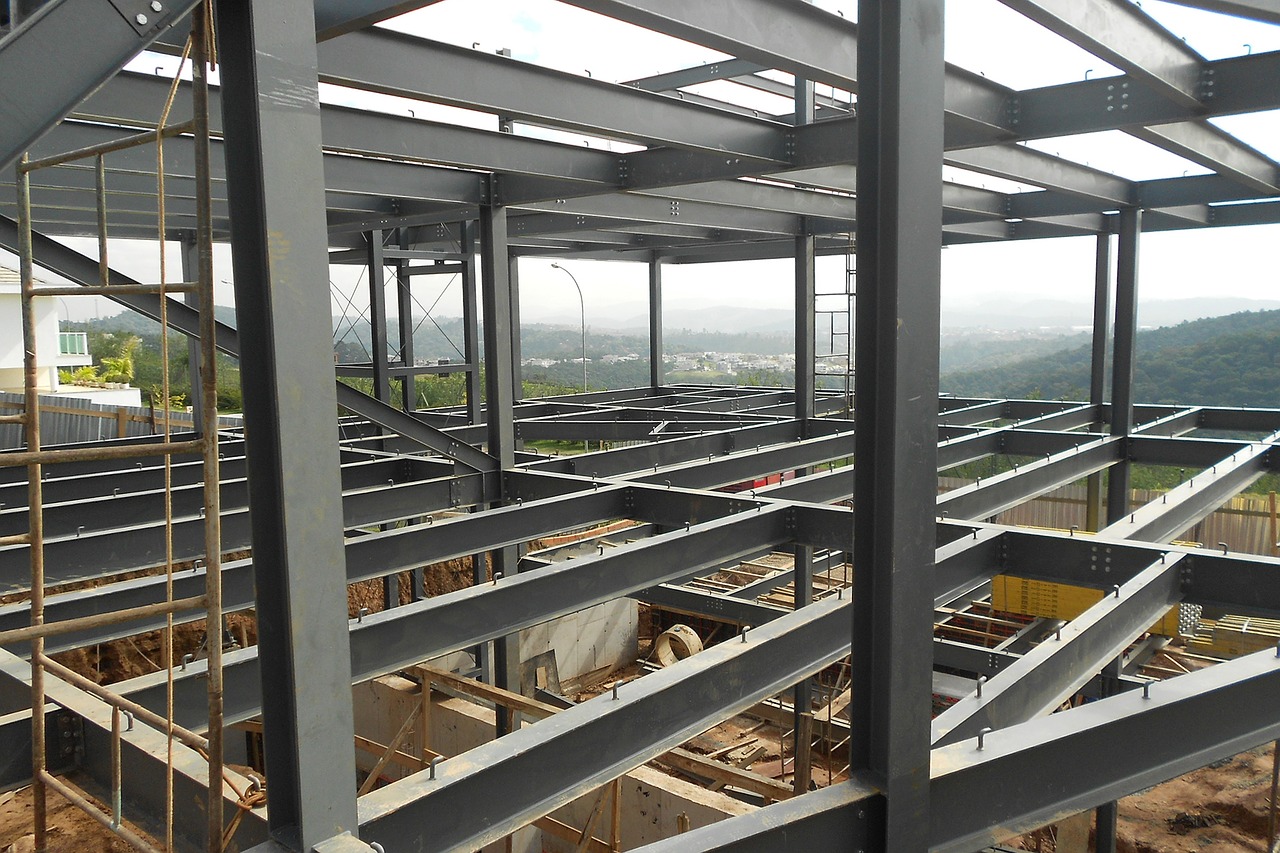Steel structures are a popular choice for building construction due to their durability, strength, and flexibility. Steel is a versatile material that can be used for a wide range of building applications, from simple structures such as storage sheds to complex multi-story buildings.
Steel structures are made up of a combination of steel beams, columns, and trusses that work together to create a strong and stable structure. The use of steel allows for larger spans and higher load capacities than traditional building materials like wood or concrete. This makes steel structures ideal for applications where large open spaces are needed, such as factories, warehouses, and sports facilities.
One of the primary benefits of steel structures is their durability. Steel is a strong and resilient material that can withstand harsh weather conditions, fire, and even earthquakes. This means that steel structures can last for decades or even centuries with minimal maintenance, making them a cost-effective choice in the long run.
Another advantage of steel structures is their flexibility. Steel can be easily fabricated into various shapes and sizes, making it a versatile material for building design. This flexibility allows architects and engineers to create unique and innovative building designs that would not be possible with traditional building materials.
In addition to their durability and flexibility, steel structures are also environmentally friendly. Steel is a recyclable material, and many steel structures are built using recycled steel. This reduces the amount of waste generated during the construction process and helps to conserve natural resources.
Despite their many benefits, steel structures also have some drawbacks. One of the primary concerns with steel structures is their susceptibility to corrosion. Over time, exposure to moisture and other environmental factors can cause steel to rust and weaken. However, proper maintenance and coatings can help to prevent corrosion and extend the life of the structure.
Another potential issue with steel structures is their high initial cost. Steel is a more expensive material than traditional building materials like wood or concrete, and the fabrication and installation of steel structures can be more complex and time-consuming. However, the long-term durability and flexibility of steel structures can offset these costs over time.
In conclusion, steel structures are a durable, flexible, and environmentally friendly choice for building construction. They offer a wide range of benefits over traditional building materials, including greater strength, larger spans, and higher load capacities. While there are some concerns with corrosion and initial cost, proper maintenance and long-term savings make steel structures an excellent investment for a variety of building applications.

